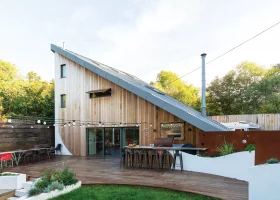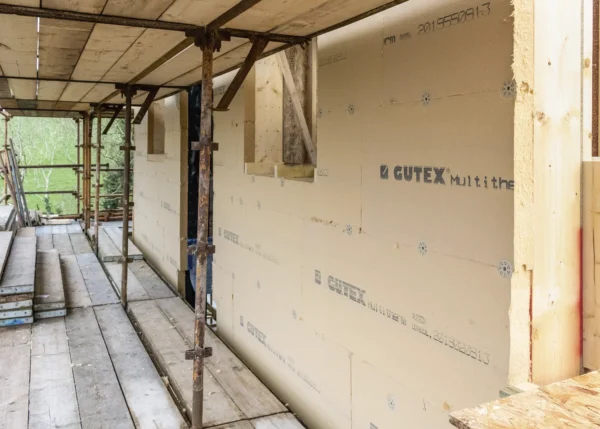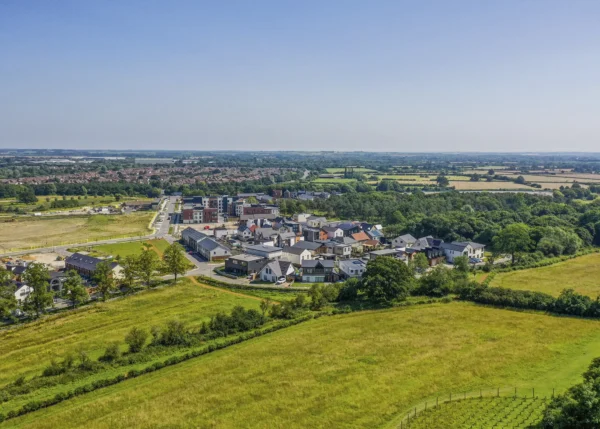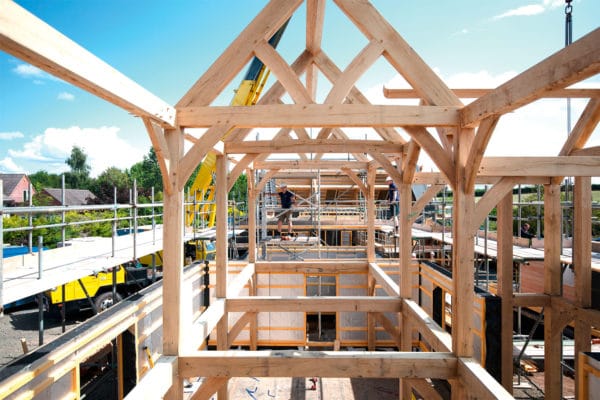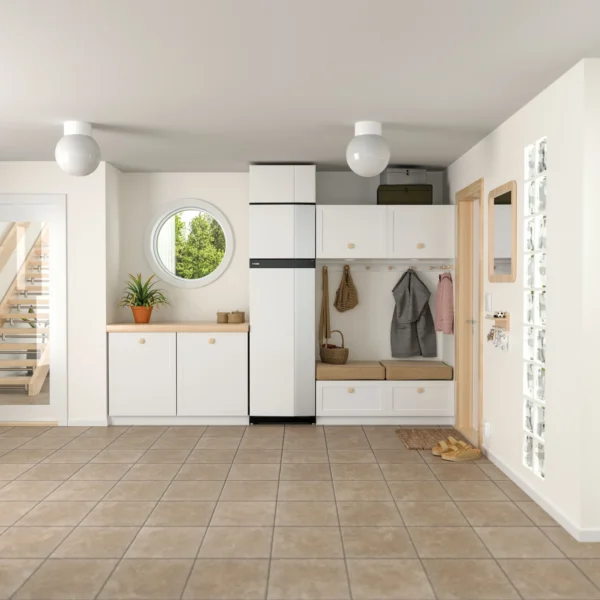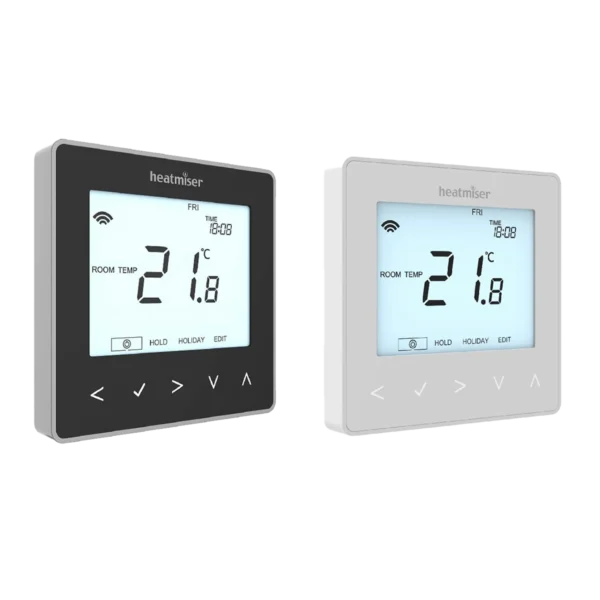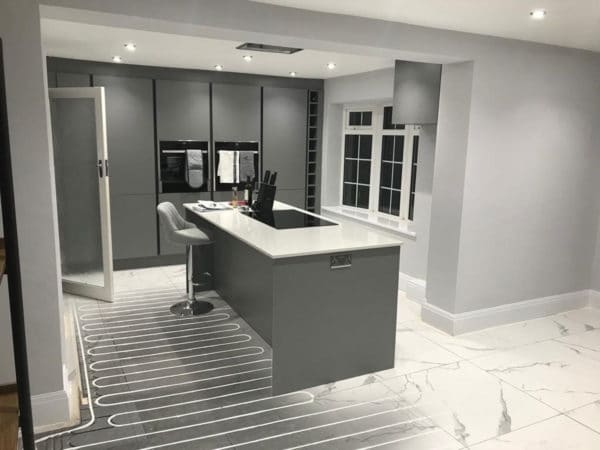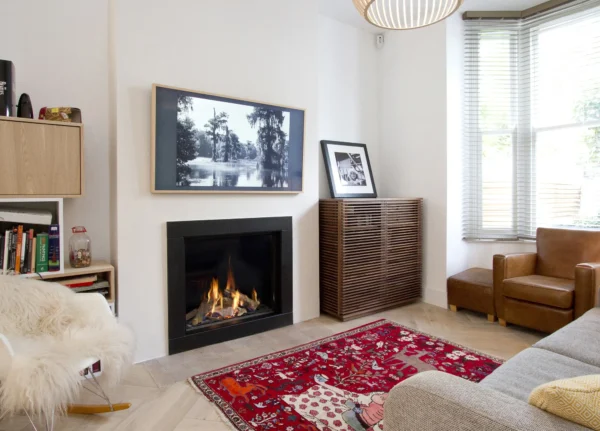Installing a Stove or Fire in an Existing Home
Heating season is nearly upon us, so now is a great time to plan any upgrades you might want to make before the cold weather. And, with energy costs on the rise, it could be the ideal time to uncover that boarded-up old fireplace or upgrade your existing appliance to a more efficient design.
The crackle of open log fires might seem attractive, but they lose up to 70% of their heat up through the chimney and produce a relatively high level of pollutants.
A woodburning stove is far kinder to the environment and equally as characterful, while sealed gas or electric fires will also maintain a healthier climate indoors than open versions.
Just be sure not to oversize the appliance: it’s better to maximise the burn in a smaller woodburner, for instance, rather than install a stove with a high kilowatt (kW) output that under-fires and therefore doesn’t run efficiently.
Which Fuel Should my Stove or Fire Use?
Many woodburning stoves are multi-fuel designs certified to burn coal or wood, but the latter option is the most eco-friendly.
Ready to Burn legislation came into force in May 2021 with the intention of further improving air quality.
This means wood sold in volumes of up to 2m3 must have a moisture content below 20% so that it produces less smoke. Woodsure is the UK’s wood fuel accreditation scheme, and the Ready to Burn certification mark shows logs have an optimum moisture content.
All fuel prices have gone up significantly in recent times and wood is no exception, but if you’re lucky enough to have a ready supply on your property (from a patch of woodland, perhaps), you’ll be well-insulated against continuing price hikes.
Boiler stoves can feed into your space heating and deliver domestic hot water – reducing your reliance on other systems. And, a relatively new approach is to install a central heating stove combined with solar thermal panels.
“A large buffer tank is heated by solar energy and/or the wood stove to provide space heating and hot water,” says Niall Deiraniya, UK general manager at Dru Fires.
Read More: Are Solar Thermal Panels Worth the Money?
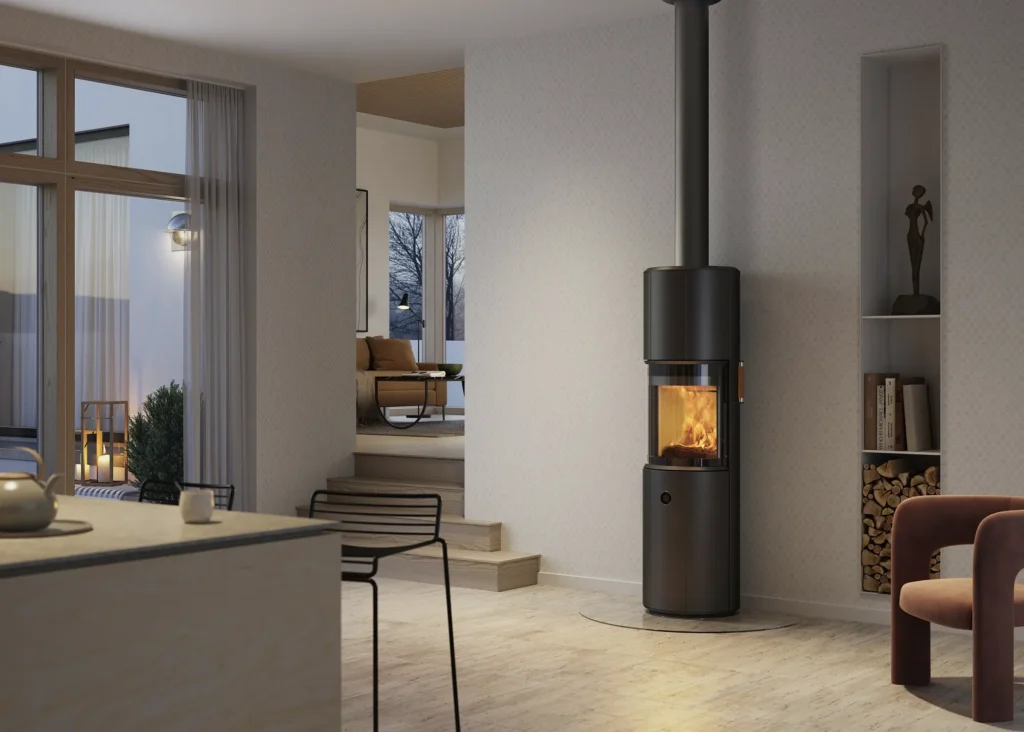
The Scan 67 woodburning stove has an elegant, smooth finish an effortless slimline look, showcasing both angled edges with a self-closing magnetic door, 156 degrees of glass for maximum flame views and a choice of 4 colour handles
Glass-fronted gas and electric fires can look very similar to woodburners, recreating that cosy atmosphere. Gas designs can have efficiency levels up to 95%, feature real flames and offer more control than log-fuelled stoves.
That ability able to fine-tune the output can be particularly beneficial in rooms with a low heat demand – for instance, if you’ve upgraded the insulation levels in your home.
Electric fires are primarily decorative with relatively low outputs. Modern versions offer 3D flame effects through technical features such as layered LED lighting (try Celsi) and illuminated water vapour (Dimplex Optimyst).
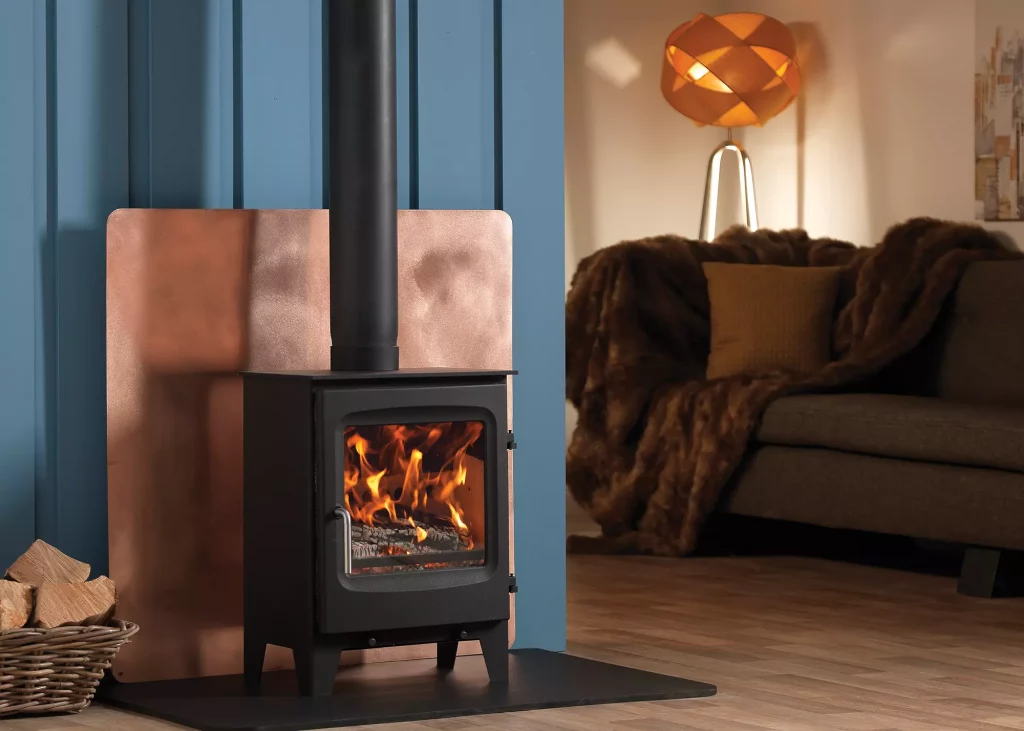
The multi-fuel Go Eco Excel stove runs at 81.9% efficiency and achieves ClearSkies Level 5 certification. This 5kW model has a modern wide door for maximum flame visibility. Priced at £899, Charlton & Jenrick
Electric fires will prove more expensive to run if you want them to generate heat; but if your main objective is to create a pleasing ambience, they’re a great easy-install option.
Are you looking to keep costs down? Read our 12 Ways to Save on Home Energy Bills
What are the Regulations for when Installing your Stove or Fire?
There’s a slew of rules to follow when fitting a stove or fire, detailed across several different Building Regs Approved Documents (F, J, L, G and P).
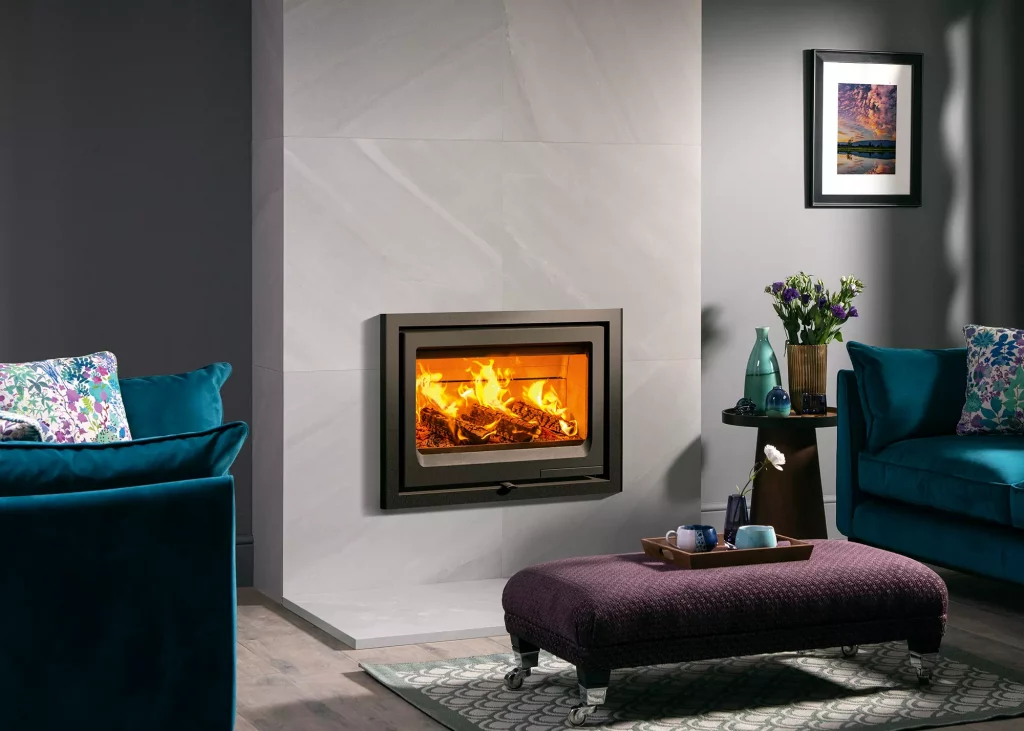
This Vogue 700 inset woodburner slots neatly into the chimney breast and features a 576mm-wide window to hold 400mm log lengths. It has a heat output of 7kW at up to 77% efficiency and is DEFRA exempt. From £2,199, Stovax
Key areas to consider are that the chimney needs to be structurally sound and the fireplace opening (or wall cavity for an inset fire) must be made of non-combustible materials, such as stone or brick.
Do I need air vents for my stove?An appropriate supply of oxygen is crucial to enable combustion within the stove and ensure the chimney functions properly. “The size of the air vent opening depends on the kW output of the appliance,” explains Mike Coke, senior development engineer at Stovax. “For example, in houses built pre-2008 that haven’t been refurbished with insulation or double glazing, for woodburners the first 5kW don’t require an air vent. But for every kW thereafter, an additional 550mm2-size hole is needed.” With gas appliances, the threshold is normally 7kW before permanent ventilation is required (unless otherwise specified by the manufacturer). There are also options beyond using old-school methods like airbricks. These days, direct air feed kits are available. “Some appliances have an integrated or optional external connection that ducts air from outside directly into the appliance, meaning you don’t need an open vent,” says Mike. So, you can achieve an efficient burn without creating a draught in the room. Direct feed is also ideal for newer homes built to high levels of airtightness. To decide on the correct solution for your project, be sure to consult with your retailer and installer. |
Certain minimum distances between a stove and combustible materials (plasterboard, flooring etc) must be complied with – the manufacturer will provide all the requisite details. The same applies to an exposed twin wall flue, although if the wall is protected with a heat shield, then the distance can be reduced.
Non-combustible materials, such as toughened glass, tiles, slate, brick, stone or concrete, must also be used to build the hearth.
“A freestanding stove should be placed on a non-combustible hearth that has a minimum thickness of 12mm and projects 300mm in front of the stove’s doors,” says Jon Butterworth.
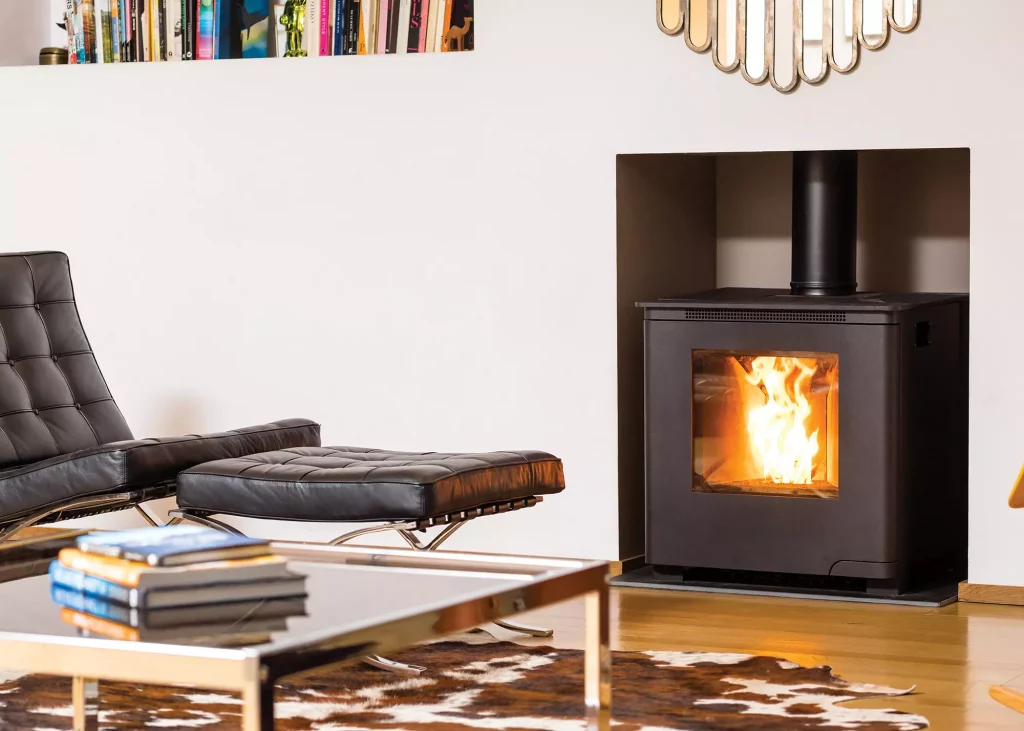
The 5kW Lundy wood pellet stove has airtight design features and a controllable heat output system. It achieves up to 82% efficiency and a boiler model is available to heat water and radiators. From £4,500 including supply and install, Island Pellet Stoves
The rules are slightly different if the appliance isn’t certified to keep hearth temperatures below 100°C, or if the installation is into a recess. A carbon monoxide detector and smoke alarm must be installed.
While you’re technically allowed to fit a woodburner yourself, you’ll need to notify and pay building control a fee of around £200 to sign off the installation. You also need to be very confident you can do the job correctly.
So, most people will use a registered HETAS engineer who can self-certify their work. This typically costs around £1,300-£3,000, but you get the peace of mind of a safe, efficient installation.
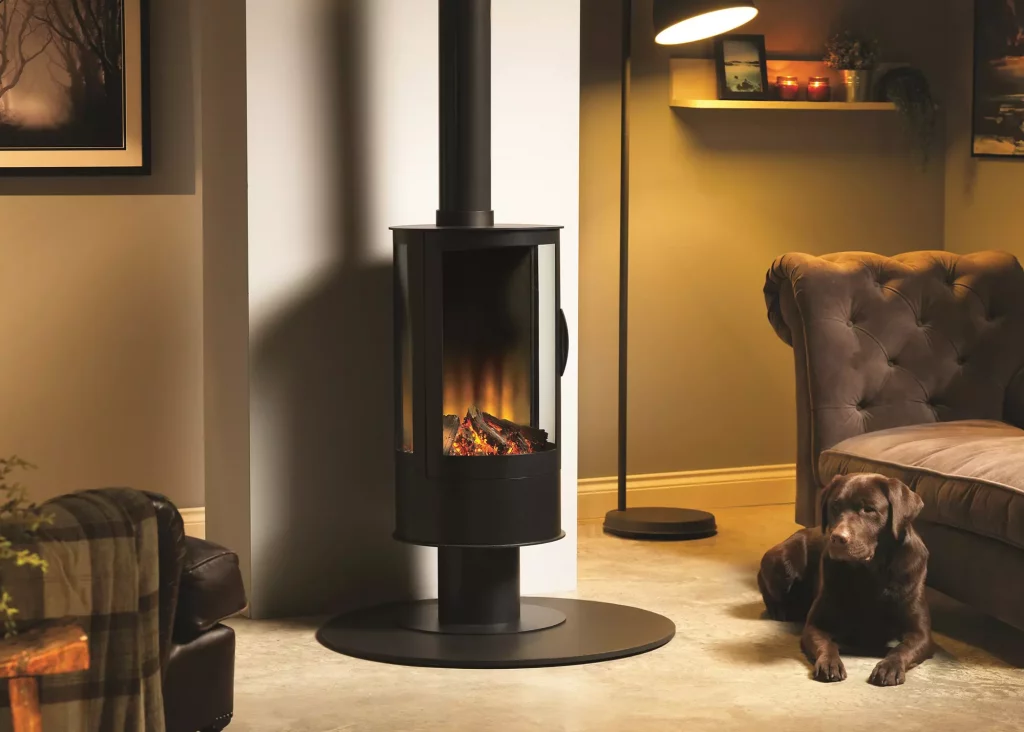
Solution Fires’ SLE42 cylindrical electric fire stove features three-sided glass to maximise views of the log fuel bed, and delivers 900W-1,800W heat output. The 3D flame-effect technology is adjusted by remote control. From £1,099, Manor House Fireplaces & Stoves
For electric fires, you’ll need a qualified electrician. And for gas, be sure to use a Gas Safe-registered engineer, who will deal with the supply pipework, connections and the fire itself.
As with woodburners, in both cases, properly-accredited trades can self-certify their installations to building control, removing the burden of that part of the process.
Boiler Stoves: meeting new regulationsJohn Nightingale, managing director at Stoves Online: New legislation, introduced at the beginning of 2022, means stoves sold today must emit approximately 80% fewer particulates than those manufactured over 10 years ago, and carry the Ecodesign accreditation. Ecodesign is a European-wide initiative to reduce emissions. Many traditional boiler stoves struggle to meet these new rules, as their design wraps a water tank around the firebox, causing high emissions. At Stoves Online, we’ve addressed the problem by sourcing central heating boiler stoves from Woodfire and Opus. With their products, the heat that goes into the water is taken from above the firebox. This allows the wood to burn at a higher temperature, and therefore more cleanly. The stoves are designed to work on pressurised systems and can easily link in with conventional boilers. They’re designed to radiate minimal heat out into the room, making them ideal for well-insulated homes or zones that already have a radiator. The stove industry has recently launched a ClearSkies scheme to help consumers with their decision-making. Its baseline, Level 2, meets the new Ecodesign standard, and there are higher ratings for cleaner models. For example, a Level 3 stove is Ecodesign compliant and DEFRA exempt for burning wood fuel in smokeless zones. Level 4 adds a further 15% improvement to efficiency, and so on. Installing a woodburner will reduce your dependence on fossil fuels; but a boiler stove will see your gas bill reduce significantly. Recent announcements about energy saving home improvements also mean that, if a boiler stove is bought through an installer, it will be 0% VAT-rated. |
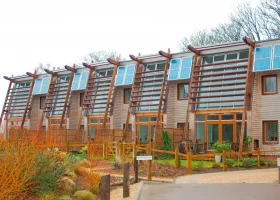


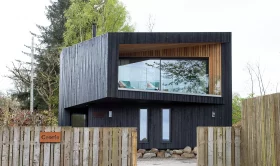
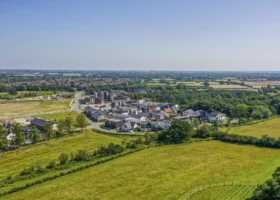
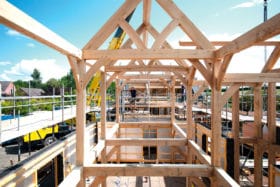














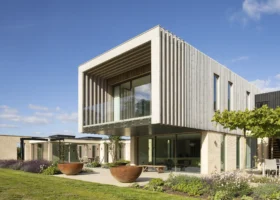
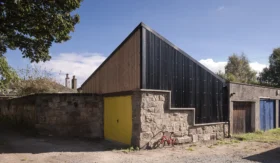
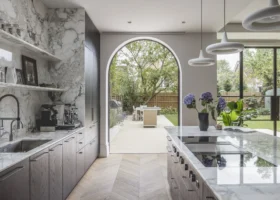
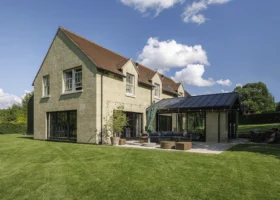
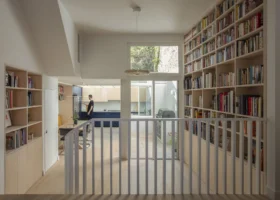
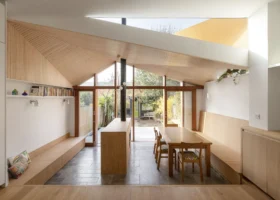











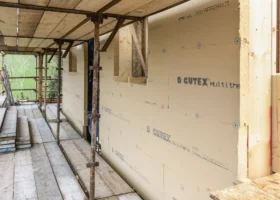
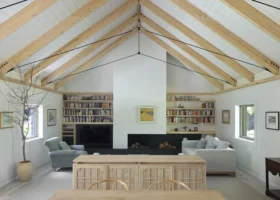
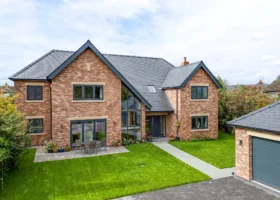
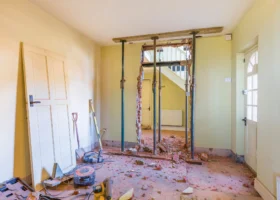

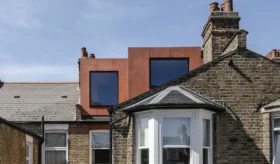

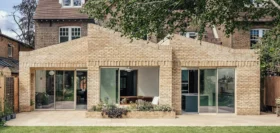







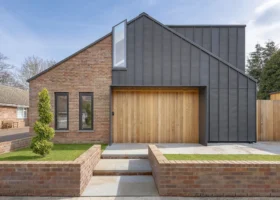
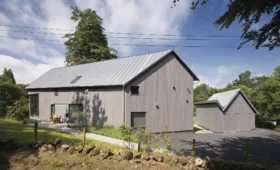









































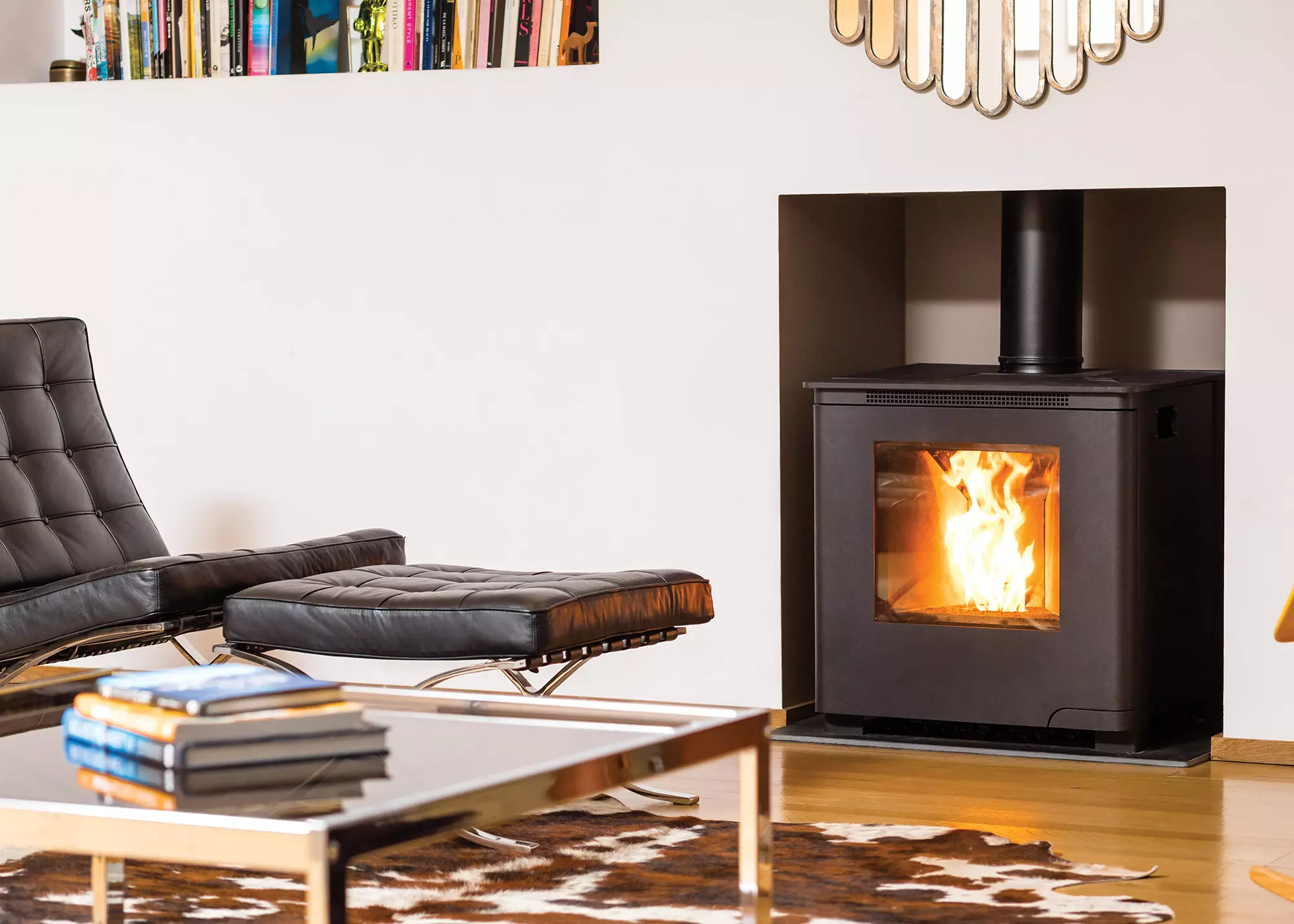
 Login/register to save Article for later
Login/register to save Article for later

